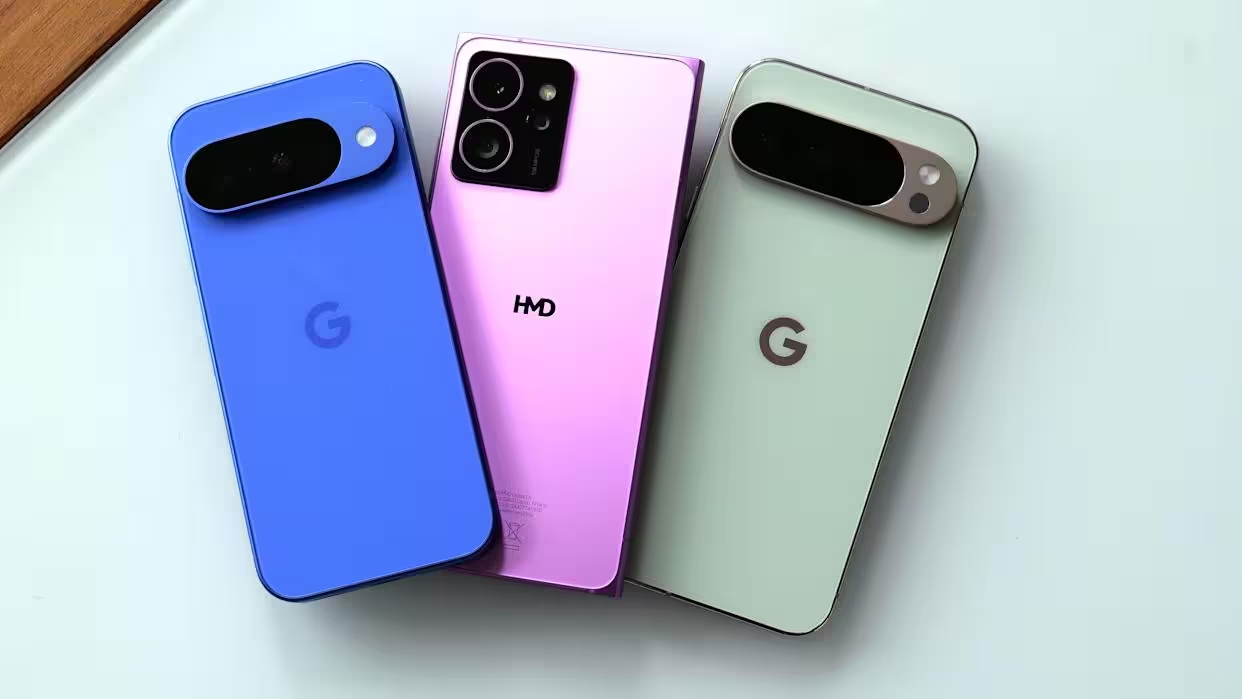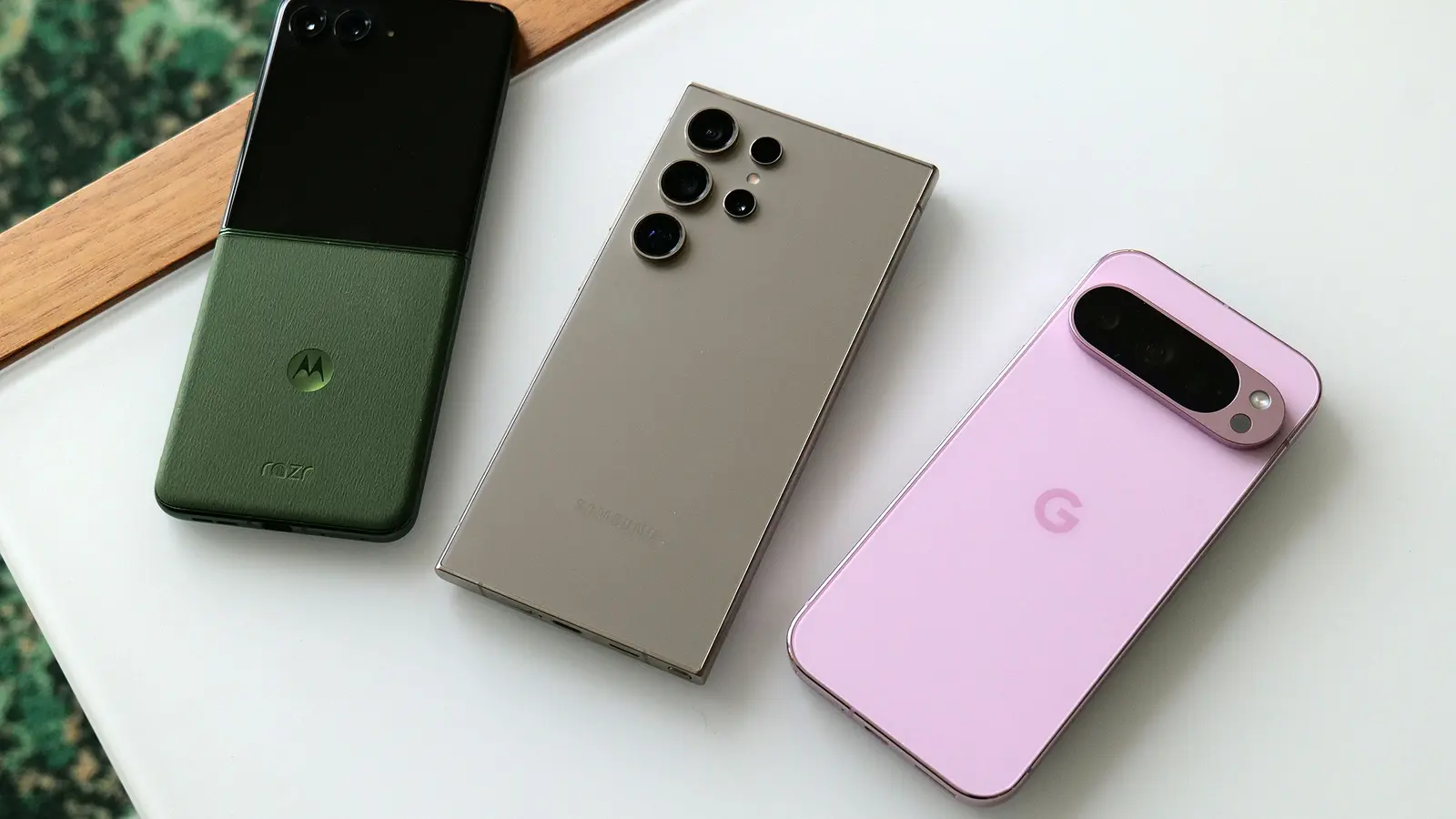5 Minutes
why it matters for wireless charging
The Qi2 wireless charging specification was introduced in early 2023 as the next step for magnetic, inductive charging on smartphones. Qi2 brings two major upgrades: standardized embedded magnets for reliable magnetic alignment and faster wireless power delivery (up to 25 watts or higher in later revisions such as Qi2.2). The goal is to make magnetic accessories — power banks, mounts, and chargers — plug-and-play across devices, similar to the ecosystem iPhone users have enjoyed with MagSafe.
Apple helped shape the Qi2 spec through its membership in the Wireless Power Consortium, meaning the spec was designed with MagSafe interoperability in mind. That should make a thriving accessory market possible for any Qi2-compliant device, but Android adoption has been slower than many expected.
Advertisement
Which Android phones officially support Qi2?
To cut to the chase, the list of Android phones that officially ship with Qi2 support is still very short. After checking official announcements and product pages for North America and the EU, only two names currently stand out:
- The HMD Skyline.
- The Google Pixel 10 family.
That’s it — for now. The Pixel 10 family represents the most notable entrant from a major Android brand, and HMD Global’s Skyline is among the early adopters outside the major flagships.

Pixel 10 nuance: Pixelsnap, Qi2 and charging speeds
Google’s Pixelsnap magnetic standard is compatible with Qi2, but there are important performance distinctions across the Pixel 10 range. The base Pixel 10 and Pixel 10 Pro retain 15W wireless charging, even though they support Qi2 alignment and accessory compatibility. Only the Pixel 10 Pro XL supports the more powerful Qi2.2 variant that allows wireless charging at up to 25W. In short: you can get magnetic, cable-free charging across the Pixel 10 line, but the fastest Qi2 charging is reserved for the premium Pixel 10 Pro XL.
The status of other Android manufacturers
Many Android vendors have signaled plans to support Qi2, but implementation varies.
Samsung has publicly said it will release several Android devices supporting Qi2 this year. Yet its current flagship lineup — including the Galaxy S25 Edge, Galaxy Z Flip 7 and Galaxy Z Fold 7 — are labelled as “Qi2 ready” rather than fully Qi2-compliant. Practically, these phones still offer wireless charging up to 15W but do not include the rear-mounted magnets required to securely attach Qi2 accessories. That means Qi2 peripherals will not stick to the phones out of the box; owners will need a compatible magnetic case or an accessory with an integrated ring mount to get stable attachments.
Advertisement
OnePlus has claimed Qi2 support for the OnePlus 13, but testing shows the phone’s internal magnets are too weak to hold Qi2 accessories reliably. Like Samsung, OnePlus owners can add magnetic cases to enable stable Qi2 accessory attachment. Motorola has been noncommittal in public statements, saying only that it’s focused on bringing the latest tech across its devices.
Features, advantages and ecosystem benefits
Qi2’s core advantages are consistency and convenience. By standardizing magnetic alignment and accessory interoperability, Qi2 makes it easier to swap chargers, attach power packs, or dock phones in cars and stands without fiddling with alignment. For manufacturers and accessory makers, a single standard reduces fragmentation and encourages more third-party accessories. For users, the promise is faster wireless charging on phones that support higher-wattage Qi2 revisions and safer, more reliable magnetic mounting.
Use cases
- Portable magnetic power banks that snap to the back of a phone for on-the-go top-ups.
- Magnetic car mounts and in-car chargers that align quickly and hold during drives.
- Wireless charging stands and nightstand chargers that combine convenience with higher power delivery.
- Third-party accessories like wallets or camera grips that integrate Qi2 alignment for stable attachment.
Comparison: Qi2 vs legacy Qi and MagSafe
Legacy Qi is widely available but lacks standardized magnetic alignment, making accessory attachment inconsistent. MagSafe helped establish a robust magnetic accessory ecosystem for iPhones; Qi2 aims to bring similar interoperability to many manufacturers under a neutral standard. The difference today is adoption: Apple-powered accessory compatibility already exists, while Android OEMs are gradually adding magnets and higher-watt support.
Market relevance and outlook
Adoption of Qi2 across Android is evolving. Early adopters like HMD and Google are important, but mainstream uptake will depend on more OEMs embedding stronger magnets and enabling Qi2.2 fast charging. For buyers in North America and the EU, the current landscape means carefully checking specs: “Qi2 ready” does not always equal seamless accessory compatibility. Expect a growing catalog of Qi2-compatible chargers and mounts as the standard matures and more vendors commit to full implementation.
We’ll keep this guide updated as new Qi2-enabled phones and accessories arrive and as the specification becomes a more mainstream standard.
Source: engadget


Leave a Comment